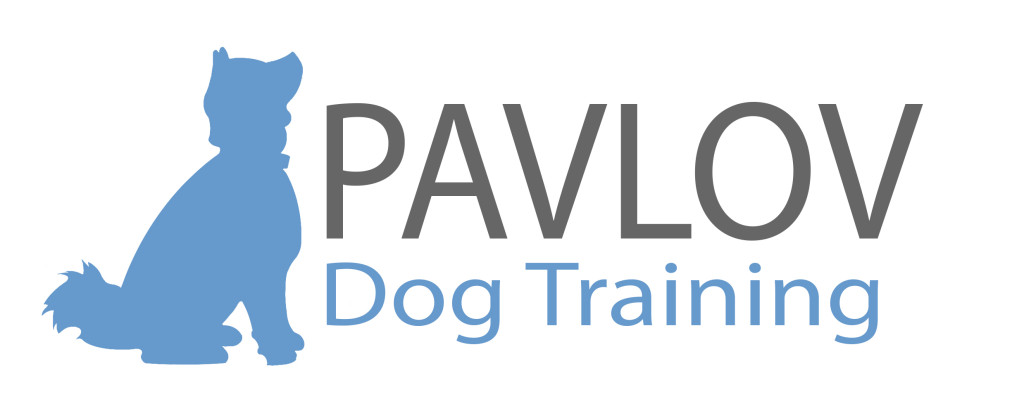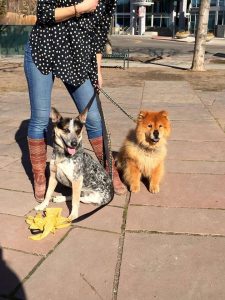Does your dog drag you down the sidewalk as if he is an Alaskan sled dog and you are cargo? If so, try these training techniques straight from the PAVLOV dog training manual. Prerequisites for teaching your dog to walk politely on leash include: a 5′-6′ clip leash and a generous dosage of patience!
Tips for teaching your dog to Heel:
- Make sure your dog has a foundation of training under their belt. Have you formally taught them “yes” and “no”? If not, start with our instructional video here.
- Then, it is time to teach your dog leash pressure. Leash pressure is how we show our dogs that we are actually talking to them through the leash. They learn that when they feel pressure on their collar from the leash, they can turn the sensation off by paying attention to your command. This will be a great start in re-wiring what it means for them to be on leash with you!
- Find the right walking tool. We have found that there is no one-size-fits-all for dogs as far as what walking tool is best for them. The good thing about working with a PAVLOV dog trainer is that we won’t judge you for any of them; we just want what works! Something to note is there is ONE walking tool that we consistently see as completely ineffective and it actually makes matters worse. Avoid a harness that attaches to the leash along your dog’s spine. They activate your dog’s Oppositional Reflex, which is a biological function that mushers take advantage of when teaching their dogs to pull a sled.
- Bring treats! A treat pouch or vest work great. Even though it is an obvious choice, you’d be surprised how often folks forget to leverage their dogs food drive when teaching a heel command. We like this gardening vest for dog training. To teach a heel, you’ll want your left hand pocket filled with treats.
- When first beginning training, avoid organic matter like grass, trees, and other sniff-able items. We want to set our dogs up for success! First work on concrete and sidewalks.
- Begin by making 180 degree pivots to the right, over and over. You should sharply pivot as soon your dog passes your toes. Every time turn, you dog will orient to the left side of you. You may feel like you’re going nowhere for awhile— this is normal! Dogs needs time to learn new skills, just like us.
- Use your marker word for “yes!” and give your dog a treat with your left hand, flush with your thigh, once they up with you after your turn.
- Repeat as needed. Know that even if you don’t technically “go” anywhere and stay mostly within your block for the first few sessions, that’s okay! Your dog is getting both mentally and physically stimulated during training and they may even be MORE tired than their usual walk.
As with all dog training, if you’d like to see training progress faster, hire a professional dog trainer to do the job quickly! Fill out PAVLOV’s contact form and we’ll have your dog walking politely in no time.

